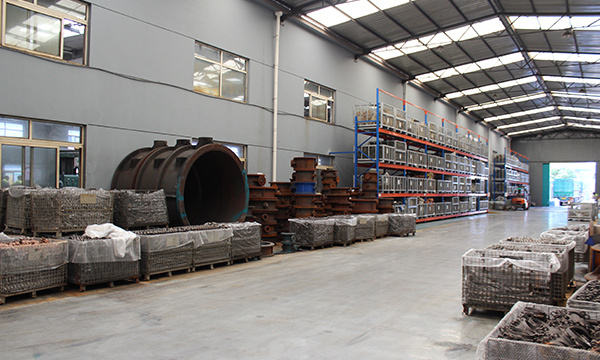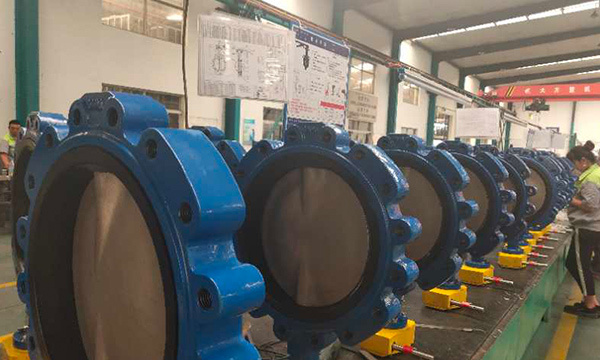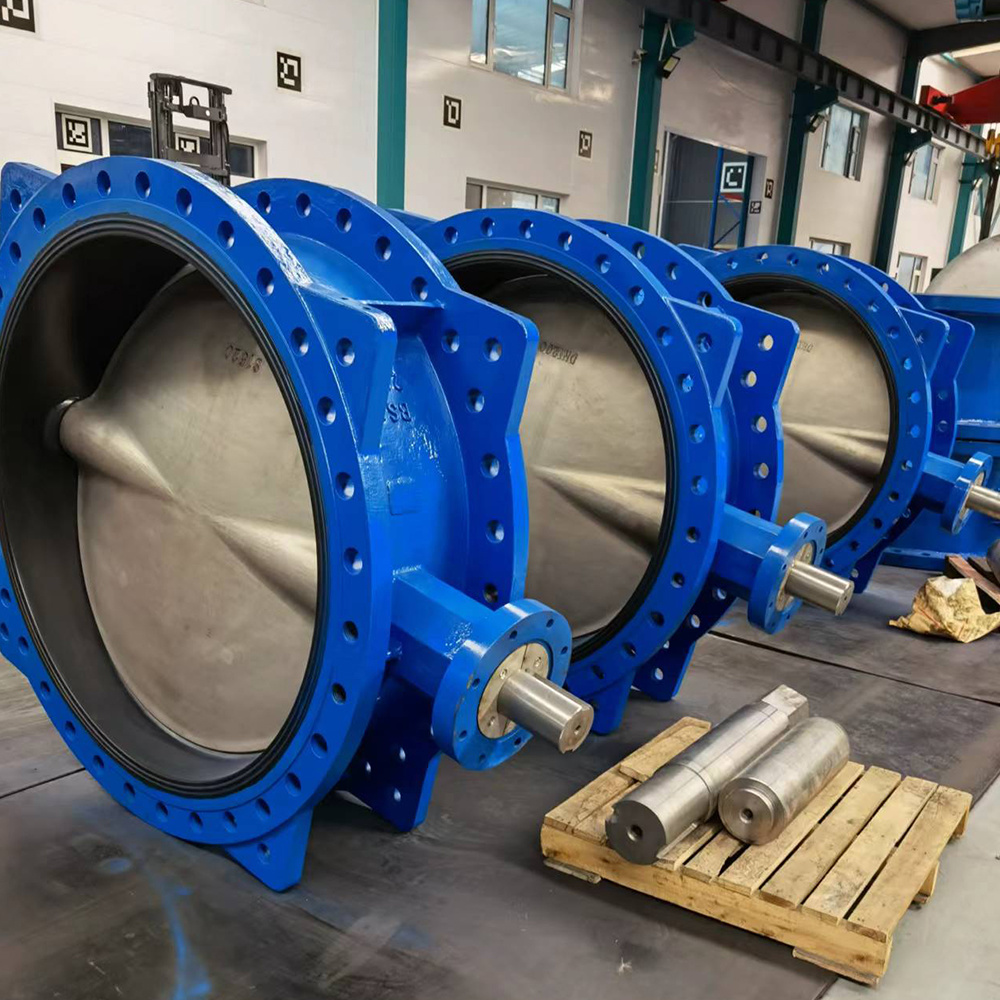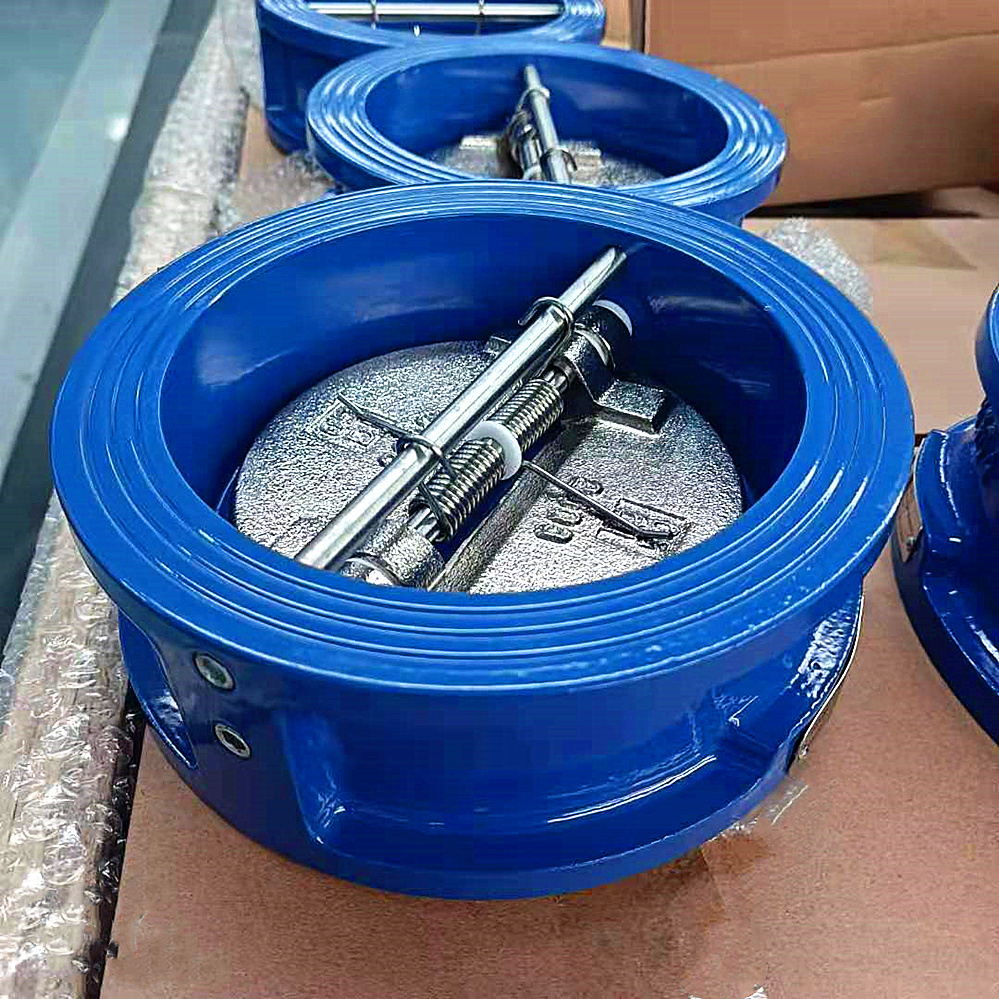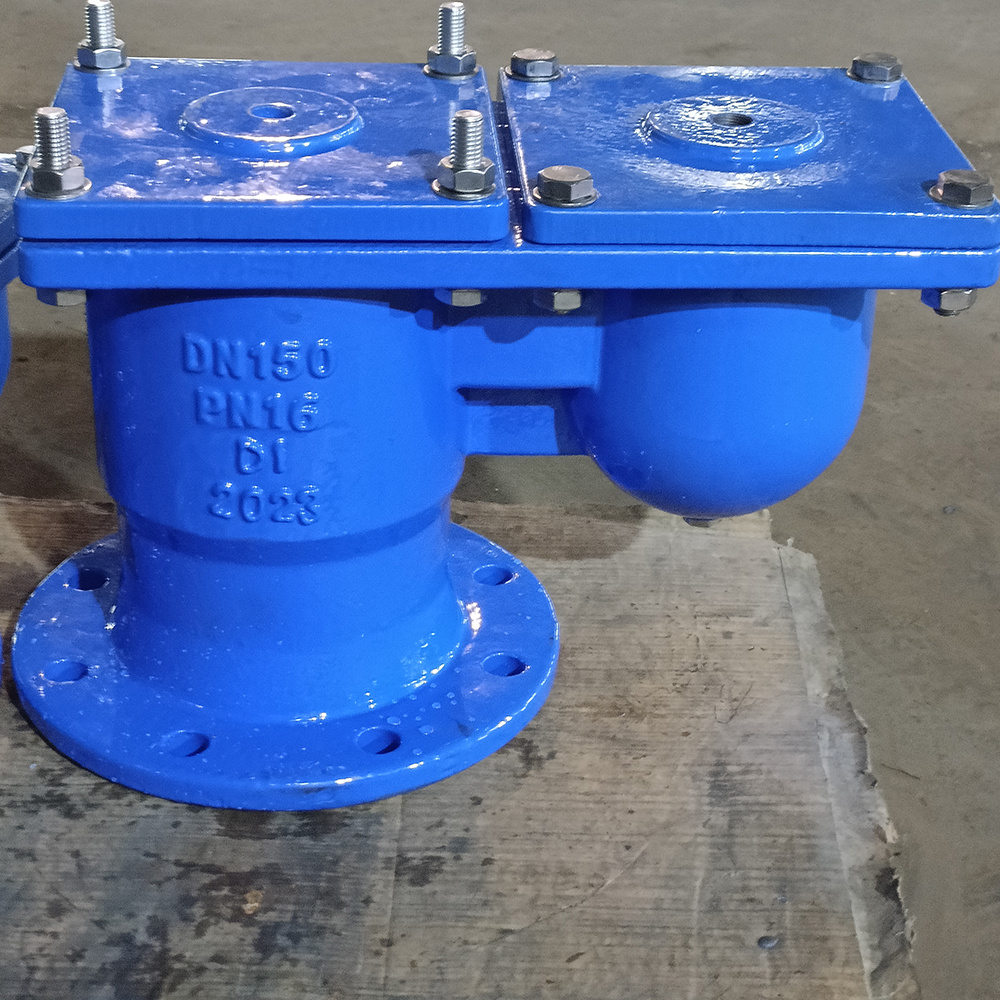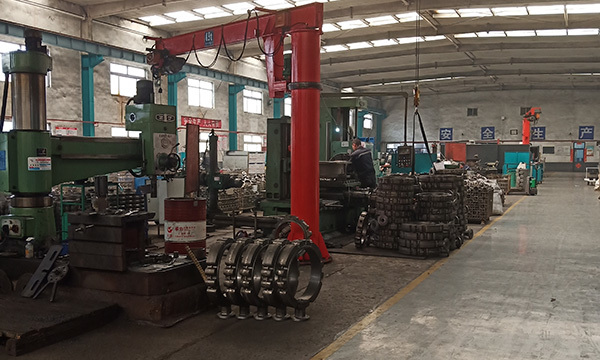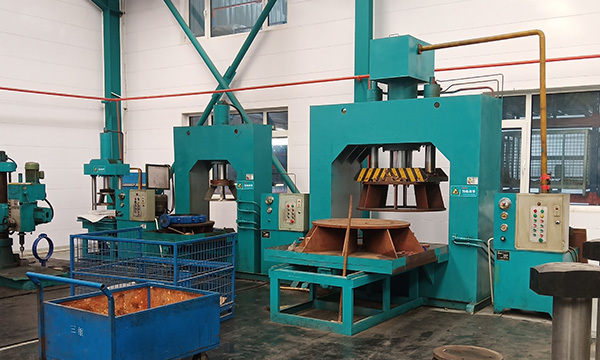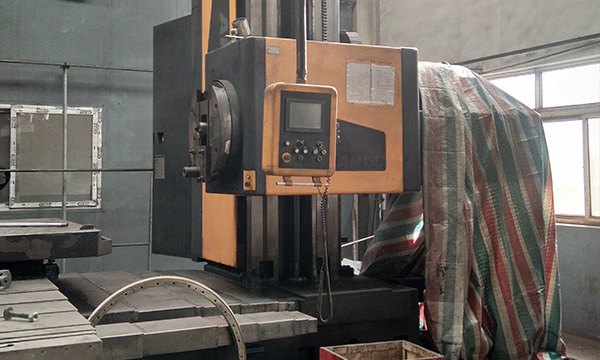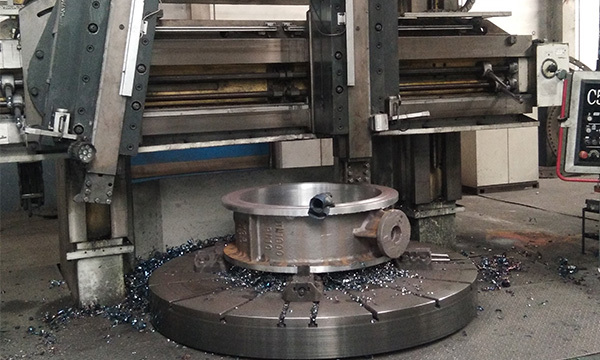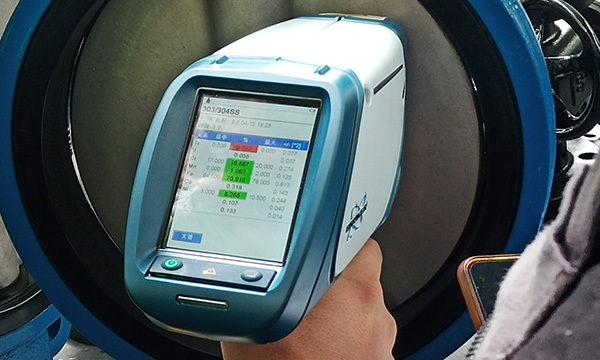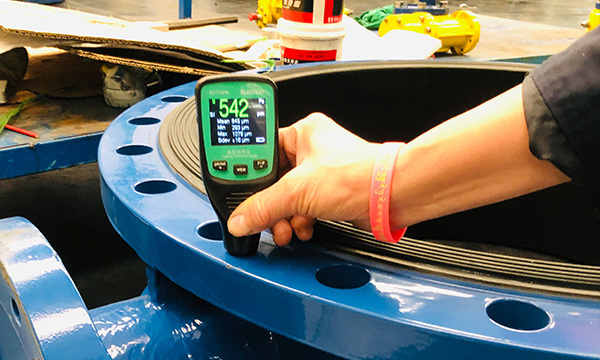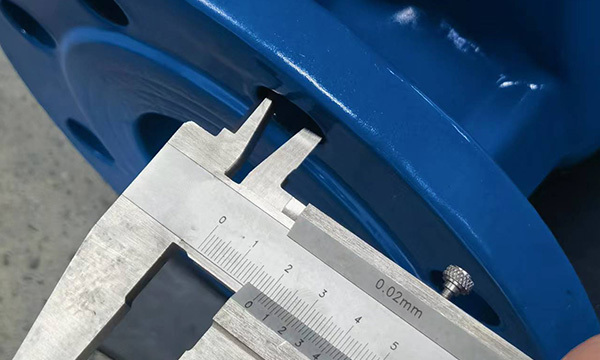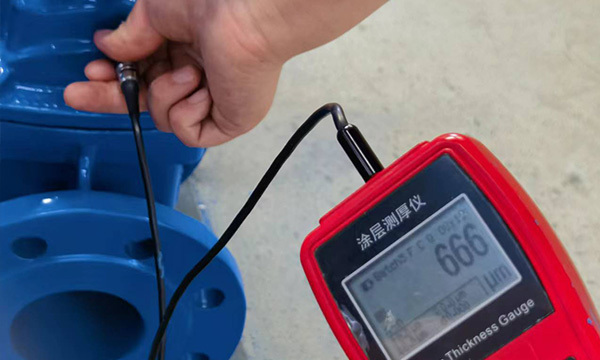Safety First: How Dual Check Valves Can Safeguard Your Equipment
2025-10-10
Introduction to Dual Check Valves and Their Importance
In industrial settings, the integrity of equipment is paramount. One of the critical components that ensure the safety and reliability of various systems is the **dual check valve**. These devices play a vital role in preventing backflow and ensuring that liquids or gases flow in the desired direction, thus safeguarding your equipment from potential damage.
Understanding dual check valves is not just about knowing their function; it’s about recognizing their importance in maintaining safety and efficiency in operations. This article will explore the various aspects of dual check valves, their functionality, applications, and the safety benefits they bring to your equipment.
What Are Dual Check Valves?
Dual check valves are specialized devices designed to prevent backflow in a piping system. They consist of two separate check mechanisms that work in tandem to ensure that fluids flow only in one direction. This dual configuration provides an additional layer of security against backflow, making them a preferred choice in many industrial applications.
The Mechanism Behind Dual Check Valves
The operation of dual check valves is based on the principle of pressure differentials. When fluid flows in the intended direction, it opens both check mechanisms, allowing seamless flow. If there is a drop in pressure or an attempt for fluid to flow in the opposite direction, the check valves close to prevent backflow. This mechanism is crucial in protecting sensitive equipment and maintaining the integrity of the entire system.
The Key Benefits of Using Dual Check Valves
Implementing dual check valves in your industrial setup provides numerous benefits, enhancing safety, efficiency, and longevity of equipment.
1. Enhanced Safety Measures
Safety is the foremost concern in any industrial operation. Dual check valves significantly reduce the risk of contamination and equipment damage caused by backflow. By ensuring that fluids and gases flow in one direction, these valves protect against hazardous situations that could arise from reverse flow.
2. Increased Efficiency
Efficiency in industrial operations often translates to cost savings. Dual check valves minimize the risk of leaks and pressure drops, allowing systems to operate more smoothly. This efficiency not only enhances the overall productivity of the operation but also reduces maintenance costs associated with equipment failures.
3. Versatility in Applications
Dual check valves are highly versatile and can be used in a variety of applications, including water treatment plants, chemical processing, and HVAC systems. Their ability to handle different types of fluids makes them an essential component in many industrial setups.
4. Reduced Maintenance Costs
By preventing backflow and potential system failures, dual check valves can significantly reduce the maintenance costs associated with damaged equipment. This cost-effectiveness makes them a wise investment for any industrial operation.
5. Longevity of Equipment
When equipment is protected from backflow and pressure fluctuations, its lifespan is extended. Dual check valves contribute to the durability and reliability of various types of machinery, ensuring that they perform optimally over time.
Applications of Dual Check Valves in Industrial Equipment
Understanding where dual check valves are implemented can provide insights into their versatility and effectiveness across different industries.
1. Water and Wastewater Treatment
In water treatment facilities, dual check valves are crucial for preventing backflow that could contaminate clean water supplies. They help ensure that treated water remains uncontaminated by any upstream pollutants.
2. Chemical Processing
Chemical plants utilize dual check valves to maintain the integrity of various chemical processes. By preventing backflow, these valves protect sensitive equipment and ensure safety in handling hazardous materials.
3. HVAC Systems
In heating, ventilation, and air conditioning systems, dual check valves are essential for ensuring proper airflow and preventing backflow that could disrupt system efficiency.
4. Food and Beverage Industry
In the food and beverage sector, cleanliness and safety are paramount. Dual check valves help ensure that food products are not contaminated by backflow, maintaining compliance with health and safety regulations.
Choosing the Right Dual Check Valve for Your Needs
When selecting a dual check valve for your industrial equipment, several factors should be considered to ensure optimal performance.
1. Compatibility with Fluids
It's critical to choose dual check valves that are compatible with the type of fluids or gases in your system. Different materials may be required to handle corrosive chemicals versus clean water.
2. Pressure and Temperature Ratings
Always check the pressure and temperature ratings of the dual check valves. Ensure they meet or exceed the requirements of your specific application to avoid failures.
3. Size and Installation Requirements
The size of the valve must be appropriate for your piping system. Additionally, consider the installation requirements to ensure a proper fit and function within your existing setup.
Installation and Maintenance of Dual Check Valves
Proper installation and regular maintenance are essential for the effective operation of dual check valves.
1. Installation Guidelines
When installing dual check valves, follow the manufacturer’s guidelines closely. Ensure that the valve is oriented correctly, as indicated by flow direction arrows. Proper installation helps prevent leaks and ensures optimal performance.
2. Routine Maintenance
Regular inspection and maintenance of dual check valves are crucial. Check for signs of wear, leaks, or corrosion. Schedule replacements as needed to maintain system integrity and safety.
3. Troubleshooting Common Issues
Understanding common issues that can arise with dual check valves can help mitigate potential problems. Issues such as valve sticking or leakage should be addressed immediately to prevent further complications.
FAQs About Dual Check Valves
1. What is the primary purpose of a dual check valve?
The primary purpose of a dual check valve is to prevent backflow in a piping system, ensuring that fluids or gases flow in one direction.
2. How do dual check valves differ from single check valves?
Dual check valves have two independent check mechanisms that provide an additional layer of security against backflow, while single check valves have only one.
3. Can dual check valves be used for both liquids and gases?
Yes, dual check valves can be designed for use with both liquids and gases, making them versatile for various applications.
4. What industries commonly use dual check valves?
Industries such as water treatment, chemical processing, HVAC, and food and beverage manufacturing commonly use dual check valves.
5. How often should dual check valves be inspected?
It is recommended to inspect dual check valves regularly, at least once a year, or more frequently in high-demand applications to ensure optimal performance.
Conclusion
Incorporating dual check valves into your industrial operations is essential for safeguarding equipment and ensuring safety. Their ability to prevent backflow not only protects sensitive machinery but also enhances the efficiency and longevity of your systems. By understanding their functionality, applications, and maintenance requirements, you can make informed decisions that contribute to a safer and more effective industrial environment. Investing in dual check valves is not just a precaution; it is a commitment to operational excellence and safety.
Dual check valve
Previous page
Previous page


